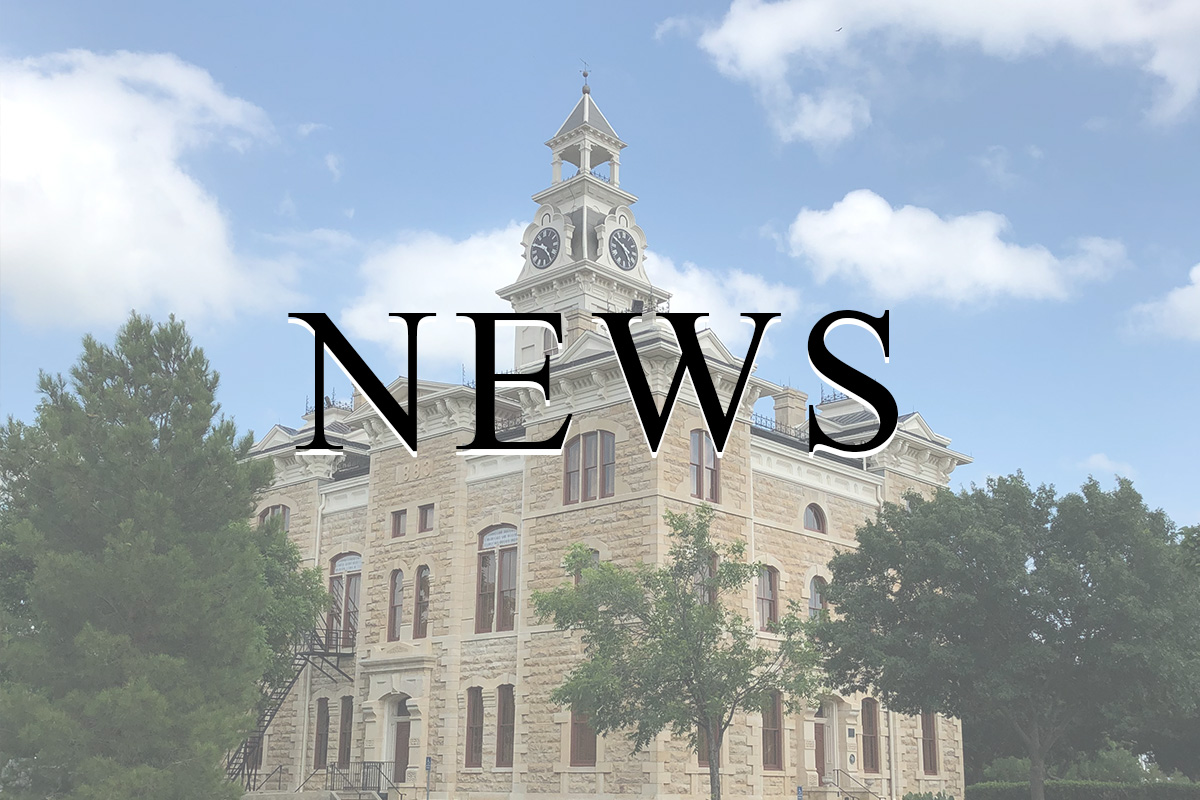New retirement plan approved

SCHD directors move to TCDRS
A lengthy discussion and then a decision regarding the employees’retirementprogram was the main topic at Monday’s meeting of the Shackelford County Hospital District’s board of directors.
Arepresentative of the Texas CountyandDistrictRetirement System had presented a couple of plan options at the February meeting, but the directors stopped short of approving the proposal until they had more feedback from district employees.
SCHDadministratorBrandi Green said that she had since talked with pharmacy and clinic staff, with most in favor of or agreeable to the change from the current Raymond James IRA.
None were strongly opposed, she said, although a few had reservations because the TCDRS system requires 100 percent participation of both full- and part-time employees, with a minimum four percent contribution.
Participating employees now have three percent drawn from their salaries for retirement. Some have opted to pay in a higher percentage, but the district only matches the three percent. Several employees do not participate in the IRAplan.
After looking at how the different options would affect salaries, Jason Price made a motion to approve a plan with the four percent employee contribution, 150percentemployer match, a 10-year vesting, and “rule of 75,” with the district paying for group life insurance, effective as soon as it can be put into place.
The additional cost for the district is about $25,000.
Maggie Viertel seconded the motion, which passed unanimously.
Green commented that SCHD employees will have the option to continue contributing to their simple IRA with Raymond James if they choose, but the district will no longer contribute to the IRA.
Community Paramedic EMS supervisor Mateo Millan reported on a “Community Paramedic Certification” that he is pursuing that will allow him, if the district approves, to administer IV fluids and draw blood in citizens’ homes.
“Thiswouldbeanextension of what the clinic does and more than what the EMS can provide,” Millan explained. “There are a lot of people who call 9-1-1 and might end up going to the hospital just to get IV fluids. They can be treated at home.”
Millan said that he could work with both the pharmacy and the clinic, with the same billing procedure that is currently used for the EMS.
“Insurance will reimburse, and that money stays here,” he said.
Price asked if the mileage and hours would be included with the billing, which was confirmed.
There was no official action, but the board members were supportive of Millan’s plan, and they asked him to update them as he progressed with the coursework.
Other Business
•EMS employees Chris McDonald, who handles ordering and making sure supplies and medications for the ambulance service are compliant, explained the process to board members, commenting that it is often difficult to get certain drugs in the right amounts and sometimes even get them at all.
•At a director’s request, Melinda Lucas explained some of the guidelines on what can and what should not be discussed in a closed session.

